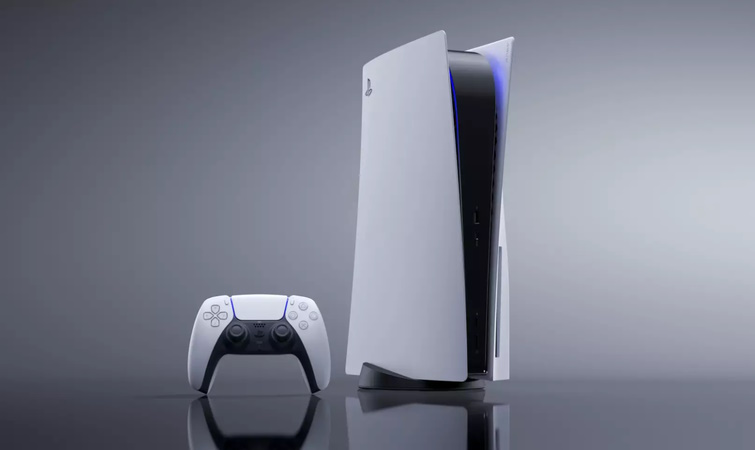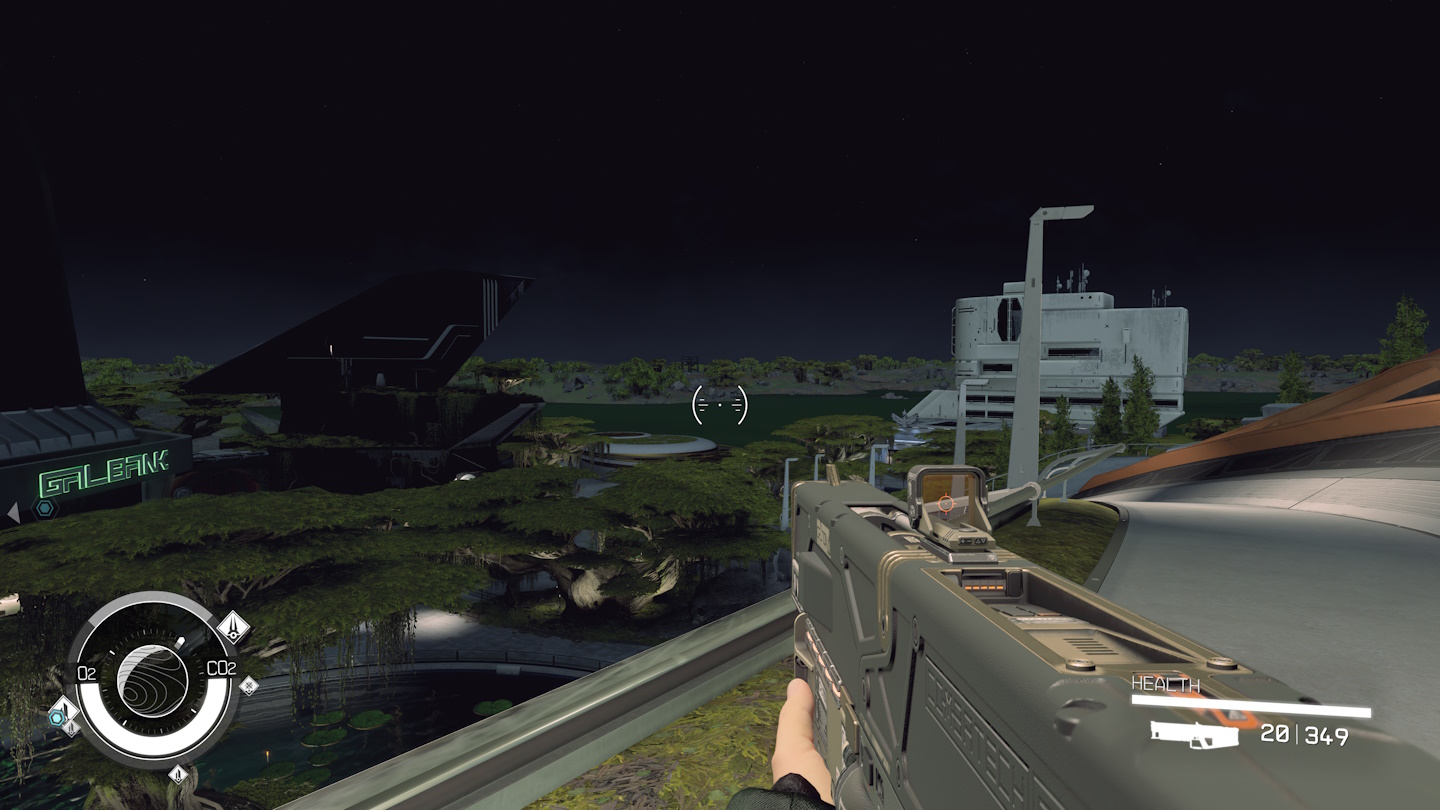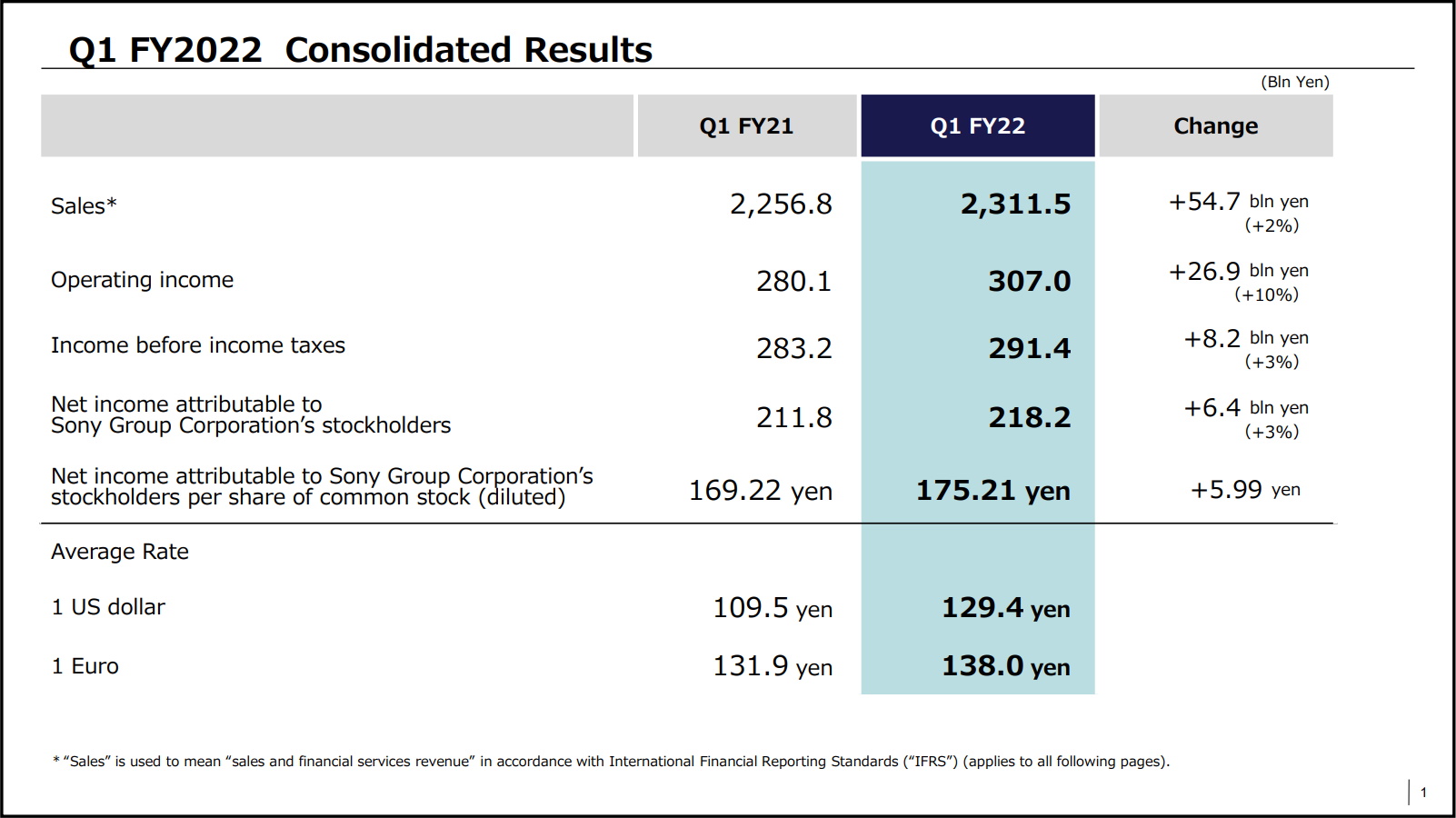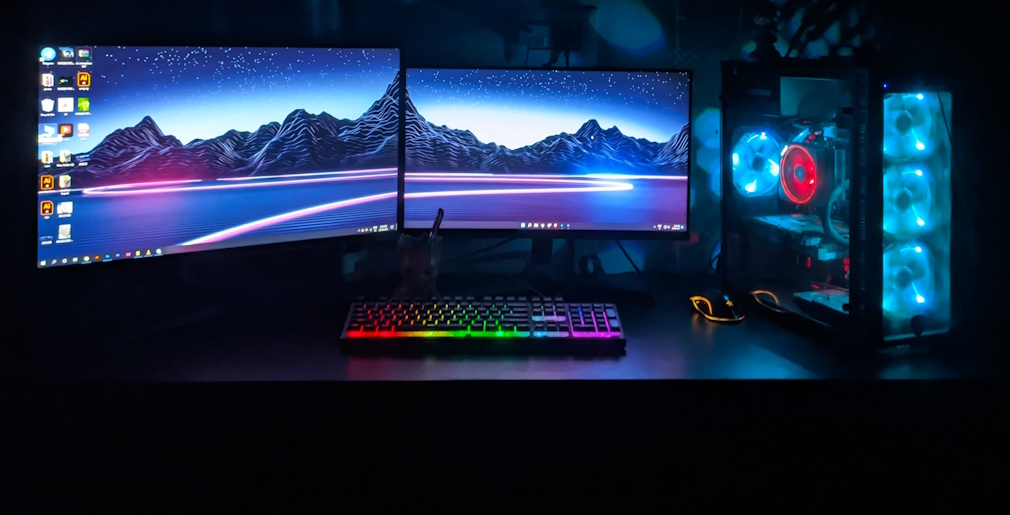If we assume that the current generation of home consoles will last roughly as long as the last couple of generations have, then the Xbox Series X and PlayStation 5 are close to the halfway point. Both devices were launched in late 2020, and as we’re now well into 2024, I think it’s fair to say we’re approximately halfway through their estimated lifespans. So today, I thought it could be interesting to consider the state of both platforms and look at how well – or how poorly – they’ve been performing!
For some background, I spent a decade working in the games industry, and in that time I worked with companies that released games on both Xbox and PlayStation consoles. As someone whose primary gaming platform these days is PC, I don’t really see a need to take sides in the so-called “console war,” so I’ll do my best to judge both machines on their own merits, as well as give my thoughts on the ninth generation of home consoles as a whole.

Let’s start with something I’ve talked about before: both the Xbox Series X and PlayStation 5 were released far too early. Not only were there brilliant games that were only just beginning to take full advantage of previous-generation hardware – like Red Dead Redemption II, God of War, and Marvel’s Spider-Man, to name but a few – but there were catastrophic problems with production and the supply chain thanks to the shit-show that was 2020. Both machines were launched with wholly inadequate levels of stock, leading to predictable results!
PlayStation 5 and Xbox Series consoles were out of stock everywhere for well over a year; here in the UK folks were on waiting lists that could be months long, and even as the consoles’ second holiday season approached, the only choice many players and parents had was to pay massively inflated prices to scalpers. Neither Microsoft nor Sony did enough to prevent touts and scalpers from using bots to buy up available stock, and throughout the launch window and well into 2021, both companies failed to improve manufacturing and supply chain issues.

Thankfully, those issues have largely abated – at least here in the UK. But now that the availability problem has been solved and the consoles have trudged their way to the halfway point in their life cycles… is it even worth picking one up?
I have to say that, even at their recommended retail price, both consoles feel like a hard sell right now. There are so few exclusive titles to make an expensive purchase like that worthwhile, with a huge majority of games still being released on PlayStation 4 and Xbox One as well as on the current generation of machines.

There have always been cross-generation titles, of course, but usually by this point – more than three years into a console generation – there are fewer and fewer of them. But at time of writing I can only call to mind a handful of games that are genuinely PlayStation 5/Xbox Series X exclusive – the likes of Starfield, Jedi: Survivor, and Baldur’s Gate 3 come to mind, but I really can’t think of many others. Some of the biggest releases and most successful titles of the last few years – like Elden Ring, the Resident Evil 4 remake, and Halo Infinite – have all been released on both current- and last-gen platforms.
Is it worth spending upwards of £450 on a console to be able to play one or two games that aren’t available elsewhere? Don’t get me wrong: great games can and always have been system-sellers. But if I’m considering such an expensive investment, I really don’t think it’s too much to ask that I’m able to play more than just a couple of exclusive games! For a lot of players, there’s really very little advantage to buying one of these new machines in 2024… because most games are still available on PlayStation 4 and Xbox One consoles, which are a lot less expensive and which they may well already own.

We are starting to see a shift in that area, but it’s far slower than it has been in previous generations. 2023 saw the release of titles like Starfield and Marvel’s Spider-Man 2, both of which were exclusive to next-gen platforms. But unless those games were on your “must-play list,” there really isn’t a hugely compelling reason to invest in either console at this point.
I noted in 2020, before the launch of PlayStation 5 and Xbox Series X, that the jump in graphical quality would be far smaller and less noticeable this time around than it had been in years past – and I think that’s been entirely born out by the abundance of cross-generation titles. There are advantages to current-gen machines compared to last-gen ones, of course, but they tend to be in less obvious areas like loading times and control pad battery life as opposed to things like graphical fidelity and visuals.

One thing that’s definitely happened this generation has been a massive growth in file sizes! With most games now being either wholly digital or coming with massive patches and updates even on day one, downloading 100GB+ files has become commonplace. For those of us with slow internet connections, that can easily mean a couple of days to download a single game or update! That’s an annoyance in some ways, especially considering how some games with massive file sizes don’t actually seem to look much better than their counterparts from a few years ago that were one-third as big.
But large files and downloads are here to stay, I suspect. With both current-gen machines having solid-state drives (and expansion slots to add extra storage, if needed) it’s possible to create larger and more detailed game worlds than ever before. Relatively few games have taken advantage of this yet – and some of those that have, like Starfield, haven’t done so particularly well – but, despite my personal gripes with massive downloads, there’s at least potential here. Larger and faster drives on home consoles can open up new possibilities in game development, and that could lead to bigger and more immersive worlds in the years ahead.

The question of value for money has come up a lot over the past couple of years, and while we’ve partly touched on that with the lack of exclusive games, I want to consider the price point that both consoles are at. For literally decades, console prices have come down incrementally as they get further into their life cycle. Recent console generations have seen cheaper versions produced partway through, with the likes of the Xbox 360S and PlayStation 4 Slim both arriving at around the halfway point in their respective life cycles.
This time around, however, we’ve seen price rises rather than price reductions, with PlayStation 5 consoles now £30 more expensive here in the UK than they were at launch in 2020. Despite initially suggesting no price rises were imminent, Microsoft followed suit a few months later, again rising the price of Xbox Series X consoles by £30 here in the UK. That’s despite both consoles arguably having the least-convincing lineup of exclusive games, and thus having the weakest justification for such an unfair price hike. Sony and Microsoft are billion-dollar corporations whose gaming divisions have been making money hand over fist… so these price hikes – which come on top of the rise in the price of the standard edition of many games – are honestly just disgusting. Price-gouging in the middle of an inflation and cost-of-living crisis is sickening.

At the end of the day, I’d have expected more from both the PlayStation 5 and Xbox Series X at this point in their generation. There have been some great games over the past three-plus years… but many of them aren’t exclusive to this generation of home consoles, leaving me with a resounding sense best summed up thus: “what’s the point?” Neither console has, in my view, given a compelling answer to that question yet. There have been a handful of titles that I could see some folks picking up a console for, but there are undeniably far, far fewer of those at this point in the ninth generation than in any prior home console generation.
There have also been plenty of duds; broken, half-baked, or underwhelming titles. That happens, and while it isn’t the fault of either console specifically, the sheer number of buggy “release now, fix later” titles has done nothing to help current-gen gaming or make it feel like a worthwhile investment.

The best experiences of the last few years, I would argue, have come not on the Xbox Series X or PlayStation 5, but on the Nintendo Switch and PC. PC gaming has gone through somewhat of a renaissance, with titles that were once exclusive to Xbox and PlayStation making their way onto the platform, as well as a glut of high-quality titles. And Nintendo has been consistent in its releases on the Switch, even as that less-powerful console reaches the end of its life. Whether we’re talking Animal Crossing: New Horizons, Super Mario Bros. Wonder, the remaster of Metroid Prime, or the Booster Course Pass expansion for Mario Kart 8 Deluxe, Nintendo has been serving up hit after hit, and offering players genuine reasons to pick up their machine.
As the ninth generation got underway in 2020, I was content to watch and wait. Even though PC has been my primary platform for several years, I’m not averse to playing on console if there’s a compelling title that seems like a “must-play.” I bought a PlayStation 3 toward the end of its life so I could play the likes of The Last of Us, I picked up a Switch to play Mario Kart 8 Deluxe, Mario Odyssey, and more, and I bought a PlayStation 4 during the previous generation in order to play games like Horizon Zero Dawn and Uncharted 4. But no games of that calibre have leapt out at me this time around. Maybe one or two will before this generation comes to a close… but I’m not convinced.

So here’s the real takeaway from the ninth generation of home consoles: buy a PC! Most Xbox and even PlayStation titles are coming to PC these days; I’m particularly excited for the upcoming PC port of Ghost of Tsushima, for instance. Having built my own PC a couple of years ago, and upgraded my graphics card just last year, I know for a fact that it’s more than a match for both current-gen consoles. Unless one of them can rope me in with an exclusive title that I can’t get anywhere else – and can’t live without – this could be the first generation of home consoles since the days of the NES and Atari 7800 that I don’t end up buying into.
As the Xbox Series X and PlayStation 5 reach the halfway point in their life cycles, I confess I feel a sense of disappointment – and more than a little “I told you so.” Both machines are powerful, there’s no question about that. But so far, it doesn’t seem as if anyone has really taken advantage of that power to really innovate and push gaming forward by anything more than the smallest iterative step. I knew going into the ninth generation that changes and improvements would be minimal… but even with that low bar, I’m unimpressed.
There have been some great games in the last few years. 2023 in particular will be well-remembered for releases like Baldur’s Gate 3. But titles like that feel like they exist in spite of, rather than because of, the PlayStation 5 and Xbox Series X. As we reach the halfway point… neither console has yet come close to reaching its potential.
PlayStation 5 and Xbox Series S/X consoles are on sale now. All titles discussed above are the copyright of their respective developer, studio, and/or publisher. This article contains the thoughts and opinions of one person only and is not intended to cause any offence.

